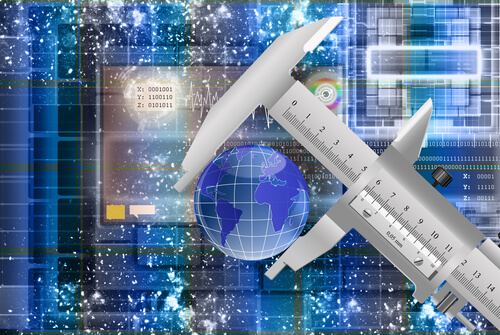There can be no denying that especially in the last quarter century, metrology has advanced by leaps and bounds. Optical technology, 3-D scanners, and the advent of lasers have all served to evolve metrology to where it is today. So it only makes sense to assume that new developments, improved inspection, advanced quality control, and more will continue to evolve and make the manufacturing process one that is ever-changing. What will the next ten years bring?
The Future Of Metrology

09
Jul




